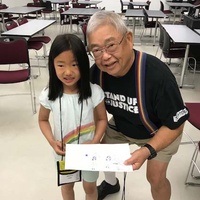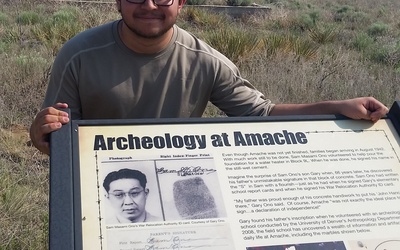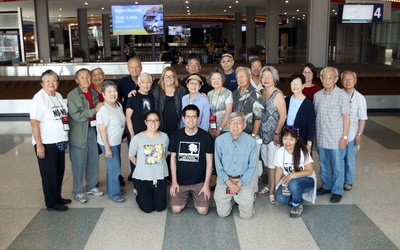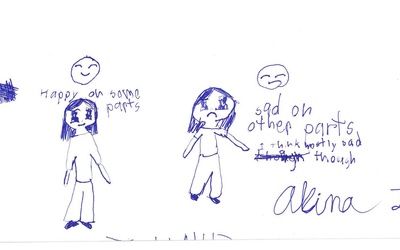The 2018 Tule Lake Pilgrimage: Connecting Across Generations

In the summer months, many people take pilgrimages to the sites of where there were Japanese American concentration camps during World War II. Sansei initially started visits to these locations in the late 1960s. At that time, Japanese American youth had grown up knowing little about the World War II experiences of their family members. With a hunger to know more, these initial pilgrimages served as a direct connection to the experiences of parents or grandparents. Now, these pilgrimages teach younger generations not just of Japanese ancestry about a dark time in American history and provide a chance to engage with individuals who were incarcerated at the camps.
This series documents the perspectives of several people of varying age who attended a pilgrimage to the Tule Lake concentration camp in the summer of 2018. Some of these people like Richard Murakami had been incarcerated as a youth while others like Lisa Nakamura took her young children to experience the pilgrimage for the first time.
Stories from this series
Perspective and Thoughts on the 2018 Tule Lake Pilgrimage
Sept. 25, 2018 • Gary T. Ono
I have never attended a Tule Lake Pilgrimage, however, I was incarcerated at Amache, one of the other ten U.S. concentration camps of WWII. So, Amache was my primary focus of interest. As early as 1994, I attended an Amache Reunion in Las Vegas. Since 2008, I have volunteered with the Denver University Anthropology Department's Summer graduates study and Archaeological Field Survey of the Amache site, led by Dr. Bonnie Clark. She accepted volunteers inviting former internees and family members. …
Reflections on the 2018 Tule Lake Pilgrimage
Sept. 17, 2018 • Richard Hicks
The incarceration of Japanese Americans during World War II was a very dark chapter in the history of the country—a chapter that should never be glossed over or ignored. A visit to these American concentration camps allows one to bear witness and learn from the past, a sobering experience that should continue for generations to come. We asked individuals who took part in the 2018 Tule Lake Pilgrimage to contribute their thoughts about the trip and the importance of sharing …
Connecting Across Generations About Incarceration: A Young Girl Uses Art to Show What She Learned about Richard Murakami’s Story
Sept. 10, 2018 • Lisa Nakamura
“I could draw what I think your feelings might be about Richard’s story,” my daughter suggested. Richard Murakami was sharing his story about his concentration camp experiences as part of the intergenerational group discussion at the recent Tule Lake Pilgrimage last June. It was my seventh pilgrimage, but my children’s first. My 8-year-old daughter, Akina, was getting antsy. Like many children, she typically needed much more time to feel comfortable talking in front of adults she does not know. Akina might …
My Experience with Nikkei Children at the 2018 Tule Lake Pilgrimage
Sept. 3, 2018 • Richard Murakami
This year was my third Tule Lake Pilgrimage and it was extra special for me. An important event at the pilgrimage is an “Intergenerational Group Discussion,” where attendees are assigned to be a member of a group. Our group had 12 people in it, including two facilitators and me. The youngest members of our group were eight and eleven years old. Sansei adults made up the rest of the group. I was designated as the group’s “Resource Person.” According to …









